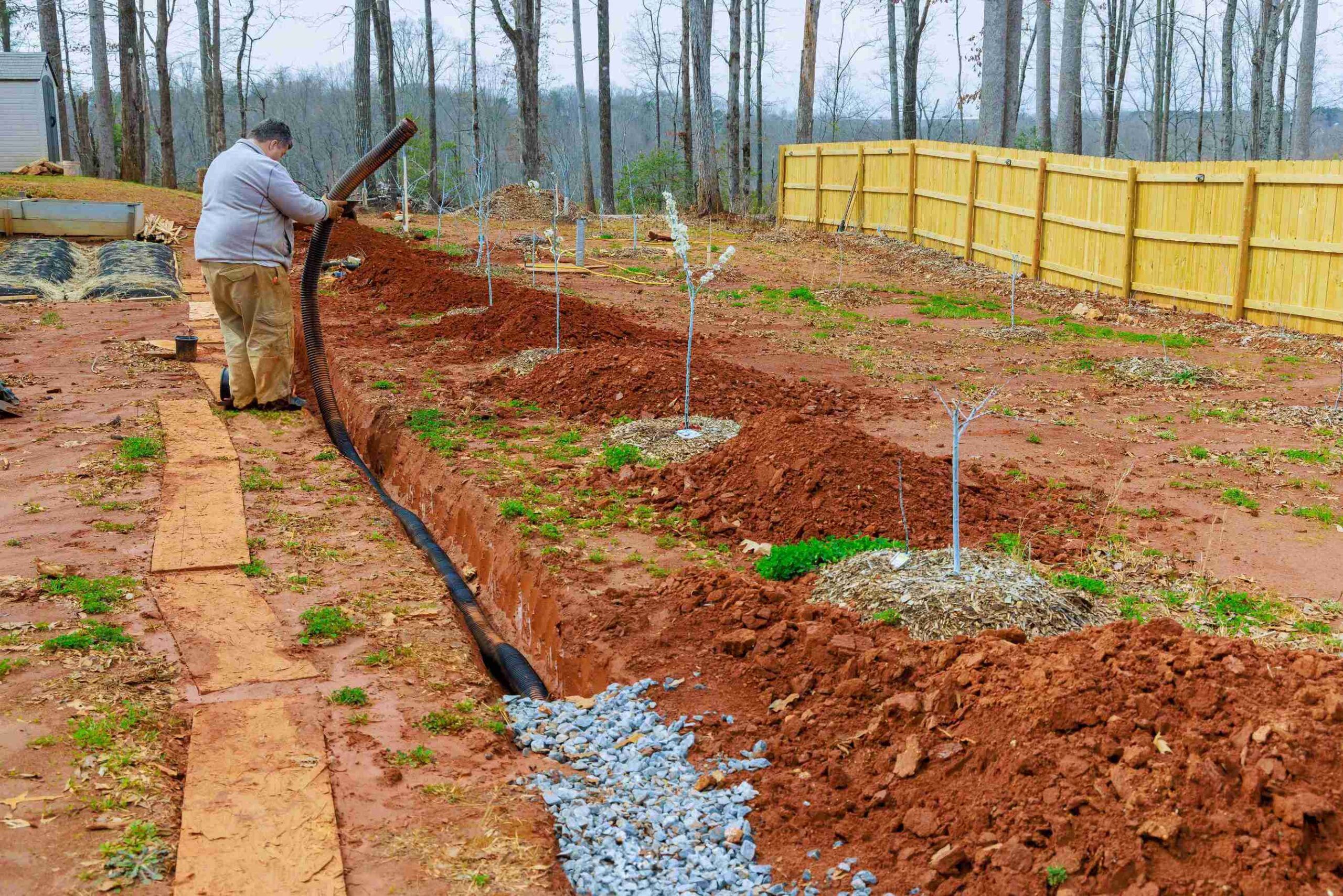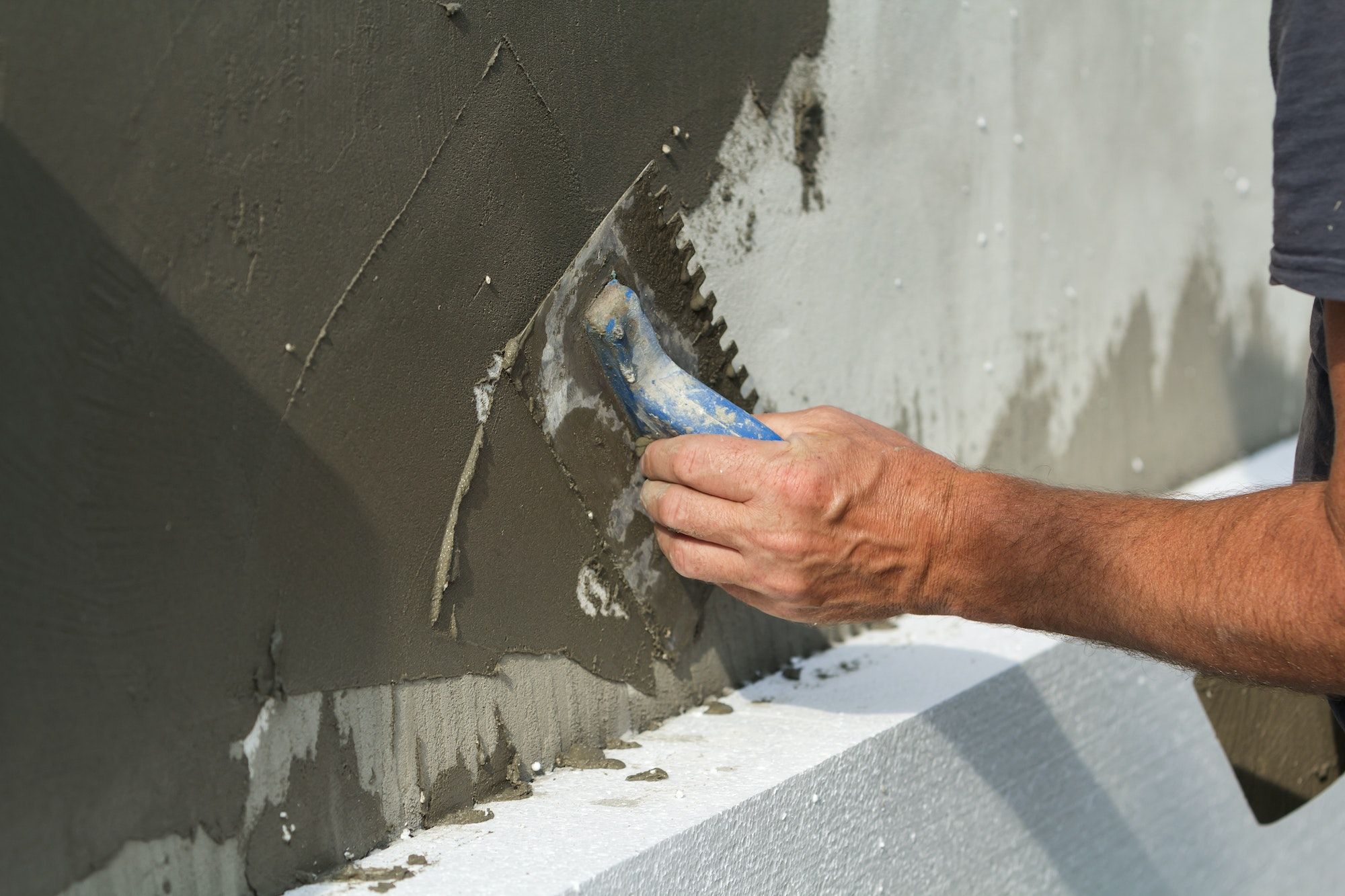Troubleshooting Common Sump Pump Problems
As a homeowner, one of the worst things that can happen during heavy rain or a flood is a malfunctioning sump pump. If you’re like me, you want to feel safe and protected in your own home, especially during inclement weather. That’s why I’ve learned how to troubleshoot common sump pump problems so that I can fix them before they become a bigger issue.
When a sump pump fails, it can cause water damage to your home, which can be expensive and time-consuming to fix. That’s why it’s important to be aware of the signs of failures and to know what to do when the pump fails. By understanding the common causes of sump pump issues and how to troubleshoot them, you can potentially save yourself a lot of money and frustration.
In this article, I’ll share my experiences with sump pump problems and provide tips for fixing common issues.
Table of Contents
ToggleSigns of Sump Pump Failure
If your sump pump starts making strange noises or fails to turn on when it’s supposed to, you’re gonna want to pay attention because those are some telltale signs of problems.
These are common issues that can arise with sump pumps, and it’s important to know what to do if you encounter them. One of the best ways to prevent these issues is by following proper maintenance tips, such as cleaning out the sump pit and ensuring that the pump is properly connected to a power source.
If your sump pump does fail, there are replacement options available, and it’s important to have a backup system in place in case of emergencies. Some homeowners opt for professional repair, while others choose to replace the pump altogether.
Whatever route you choose, it’s important to address the issue as soon as possible to prevent water damage in your home. By staying informed about the signs of a failure and taking proactive measures to prevent it, you can ensure that your home stays safe and dry.
What to Do When Pump Clogs
When your sump pump fails, don’t panic – there are steps you can take to address the issue and prevent further damage to your home.
The first thing to do is to determine whether you need to repair or replace the pump. If the pump is only a few years old and has been well-maintained, it may be worth trying to repair it. However, if the pump is old or has been neglected, it may be time to replace it.
If you’re not comfortable repairing or replacing the sump pump yourself, it’s important to seek professional help. A qualified plumber or sump pump technician can diagnose the problem and provide you with the best options for repair or replacement. Additionally, they can provide maintenance tips to help keep your sump pump in good working order and recommend backup options such as a battery-powered sump pump or a generator.
It’s also a good idea to install a sump pump alarm that will alert you if the pump fails or if water levels in the sump pit rise too high. By taking these steps, you can ensure that your home is protected from damage caused by sump pump failure.
Sump Pump Not Turning on Automatically
Even the most reliable sump pump stops occasionally, leaving you vulnerable to basement flooding. One of the most common problems that homeowners encounter is a sump pump that won’t turn on. Before you panic, there are a few things you can do to identify the issue and get the water flowing through that discharge line!
First, check to make sure that the sump pump is properly plugged in and that there’s power to the outlet. If there isn’t any power, check the circuit breaker to see if it’s tripped. If the circuit breaker hasn’t tripped, then the problem may be with the float switch. Make sure that the float switch is properly positioned and that it isn’t stuck.
If the float-switch is working properly, then it may be time for some sump pump maintenance. Regular maintenance can help prevent issues from arising, so be sure to keep your sump pump clean and in good working order. Additionally, consider investing in a backup sump pump option, with a battery backup, in case of a power outage or other emergency.
Possible Causes of Sump Pump Problems
Don’t let a sump pump that won’t turn on dampen your day – there are various possible causes that could be at play.
One of the most common culprits is a power outage – if your pump isn’t receiving electricity, it simply won’t be able to turn on. Try checking the circuit breaker and ensuring that the pump is plugged in properly.
If the power is on but the pump still won’t turn on, it’s possible that there is a problem with the switch. This could be due to a faulty switch, float, or wiring issue, or check valve and your sump pump may require the assistance of a professional.
Another potential cause of a sump pump that won’t turn on is a clogged intake. If the intake is blocked by debris or other objects, water won’t be able to flow through and the pump won’t be able to function properly. Check the intake area and clear any debris, and consider installing a screen to prevent future blockages.
Additionally, if you hear strange pump noises or notice water backup in your basement, these could be signs of a malfunctioning pump. In these cases, it’s important to address the issue promptly to prevent further damage and keep your home safe and dry.
How to Fix Your Sump Pump
You can easily fix a pump that fails to turn on by taking a few simple steps to check the power source, clear the intake of debris, and ensure that the switch is functioning properly.
First, check the power source by plugging another device into the same outlet to see if it works. If it does, move on to the next step.
Second, inspect the intake for any debris that may be clogging it up. If there’s debris, remove it and attempt to turn on the pump again.
Finally, test the switch by manually lifting the float to see if the pump turns on. If it does, the switch may need to be adjusted or replaced.
If you’re finding leaks, there may be a problem with the pump’s components. To diagnose leaks, fill the sump pit with water and observe where the water is coming from. If it’s coming from the pump itself, it may be time to replace faulty parts.
In my experience, cleaning the pump components regularly can prevent clogs and extend the lifespan of the pump.
Ta-Da! and now it’s working again! Hopefully, this guide helped get your motor running again and keep you from having to call for sump pump repair.
Q: What should I do if my sump pump is not turning on?
A: If your pump won’t turn on, try checking the power source, ensuring the cord is properly connected, and checking the float switch to make sure it’s not stuck. If those don’t work, it may be time to upgrade your sump pump or schedule a repair service.
Q: Can a sump pump pit overflow?
A: Yes, a pit can overflow if the pump stops working or if there is a large volume of water coming into the pit. This could be caused by heavy rainfall or a drainage system problem.
Q: What is a sump basin and why is it important?
A: A sump basin is the container in which the pump sits. It’s important because it collects water that would otherwise flood the basement or crawl space. The pump then removes the water from the basin through the discharge pipe.
Q: Can a sump pump be used to remove water that has entered the basement due to heavy rainfall?
A: Yes, you can use one to help remove water that has entered the basement due to heavy rainfall. However, it’s important to make sure the pump is properly installed and working before relying on it for this purpose.




